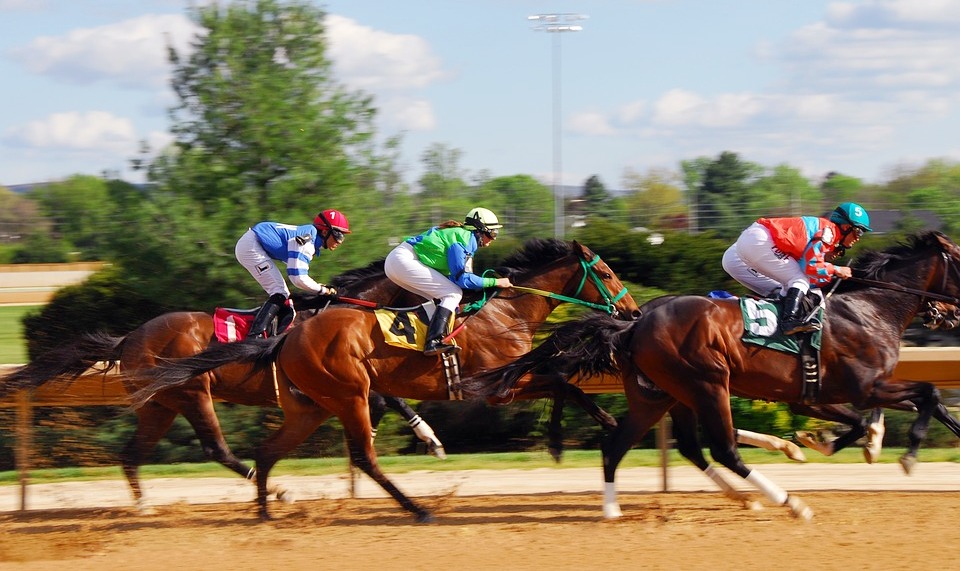The KY Derby’s long, storied history began in 1872 with a visit by Lewis Clark (ASSE may 7011). In this year, Clark of Lewis and Clark fame visited Europe. In England, he visited the Epsom derby a wide notable race that had been run since 1780. Trowbridge’s history of the Kentucky Derby written in 2011, once departure European nation, Clark rapt to Paris, France where he became familiar with the different club.
By the time of Clark’s visit, the event already noted as the larger race in France. He was very much impressed by what he had seen in Europe. Sports historiographer John Nauright notes that his initial move was a connection along with various native gentlemen to prepare the Louisville club. The club began operating to boost cash for a permanent track. A generous gift by Clark’s relatives John and Henry Churchill provided the needed land similarly as a reputation for the race track – Churchill Downs.However, the track was not formally well known as Churchill Downs till 1937. In 1875, simply 3 years when Clark’s initial trip to England, his Louisville order sponsored the primary ever Kentucky Derby (Trowbridge 2011, 7). As a horse lover you can get odd information about Kentucky Derby platforms.
From 1950 till now
Under the direction of Bill Corum, a former New York Journal American sports journalist, Churchill Downs and therefore the illustrious Kentucky Derby starting to expand and modernize. The primary telecast on Kentucky derby horses was introduced on 3rd May 1952. The primary barns made of concrete firewalls were inbuilt 1952. Additional seating facilities were added to the 2nd floor of the grandstand and club in 1953 with four hundred further 3rd floor boxes within the club. Film patrol was put in 1954 to produce replays to the athletics officers. In 1955 a $300,000 automatic system was put in within the entire grandstand and club.
Early on, the derby comes with lots of excitement to horse-racing. The thing was as basic because the race’s distance underwent changes for many years. In 1875, the length of the primary derby was 1.5 miles. That distance was seemingly the results of Clark’s expertise in a European country because the Epsom Derby was conjointly a 1.5-mile race. Eleven years later, the race officials shortened the distance.
As mentioned antecedently, the primary thoroughbred race happened in 1875 ahead of a cheering crowd of ten thousand spectators. Records show that the sector that year was created from fifteen 3 year recent thoroughbreds. That precedent creates the tradition of derby as a race for country’s thoroughbreds. Current KY Society declared list jockey Oliver Lewis as a result of the winner of that initial race riding Aristides. Aristides was trained by the known trainer and future Hall-of-Famer Ansel Williamson (National depository of athletics 2016) once winning the Kentucky Derby, he went on to require a second place at the Belmont Stakes behind the winner Calvin.
